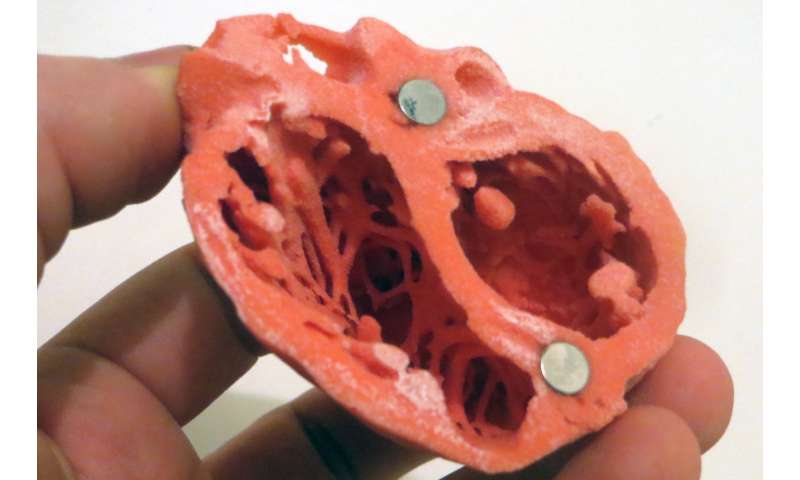
Men who walk at least 30 minutes a day after a heart attack live longer than those who are less physically active following a heart attack, according to preliminary research to be presented at the American Heart Association’s Scientific Sessions 2019—November 16-18 in Philadelphia.
The biggest survival advantage is found in men who had a high level of physical activity prior to a heart attack and continued the same high level after a heart attack. In addition, those who become physically active after a heart attack also live longer—if they stick with it, researchers said.
“Maintaining regular physical activity throughout adult life is important because it is associated with better survival, even after a heart attack. But it is never too late to pick up on physical activity,” said Laila Al-Shaar, Ph.D., lead author of the study and a postdoctoral research fellow in the program in cardiovascular epidemiology at the T.H. Chan School of Public Health at Harvard University in Boston. Dr. Al-Shaar is also a member of the American Heart Association’s Epidemiology Early Career Committee.
Researchers analyzed self-reported physical activity information of more than 1,500 men both before and after they experienced a heart attack (at age 65, on average). The men were all participants in the long-term Harvard Health Professionals Follow-up Study.
During an average 14-year follow-up after the heart attack, researchers found:
- Men who maintained high levels of moderate to vigorous physical activity (equivalent to at least 2.5 hours a week of brisk walking) both before and after their heart attacks were 39% less likely to die from any cause than men who had lower levels of physical activity both before and after their heart attacks.
- Men who had low levels of physical activity prior to their heart attacks, but increased to high levels afterwards, were about one-third less likely to die than those who stayed at low levels.
- To get the survival benefit, men who boosted their activity level from low to high had to do it over the long term. Greater activity that wasn’t maintained more than a few years didn’t increase survival.
- Men who walked at least 30 minutes per day after their heart attack were almost a third less likely to die, independent of other physical activities they engaged in, and those who walked most quickly had the lowest risk of death.
These findings support the most recent U.S. Department of Health and Human Services’ 2018 Physical Activity Guidelines for Americans (released at the American Heart Association Scientific Sessions 2018) and the current guidelines set by the American College of Cardiology/American Heart Association for the management of patients experiencing a heart attack. Both sets of guidelines support regular physical activity after hospitalization and advise heart patients to consult their health care providers about the type and amount of physical activity appropriate for their conditions.
Source: Read Full Article
